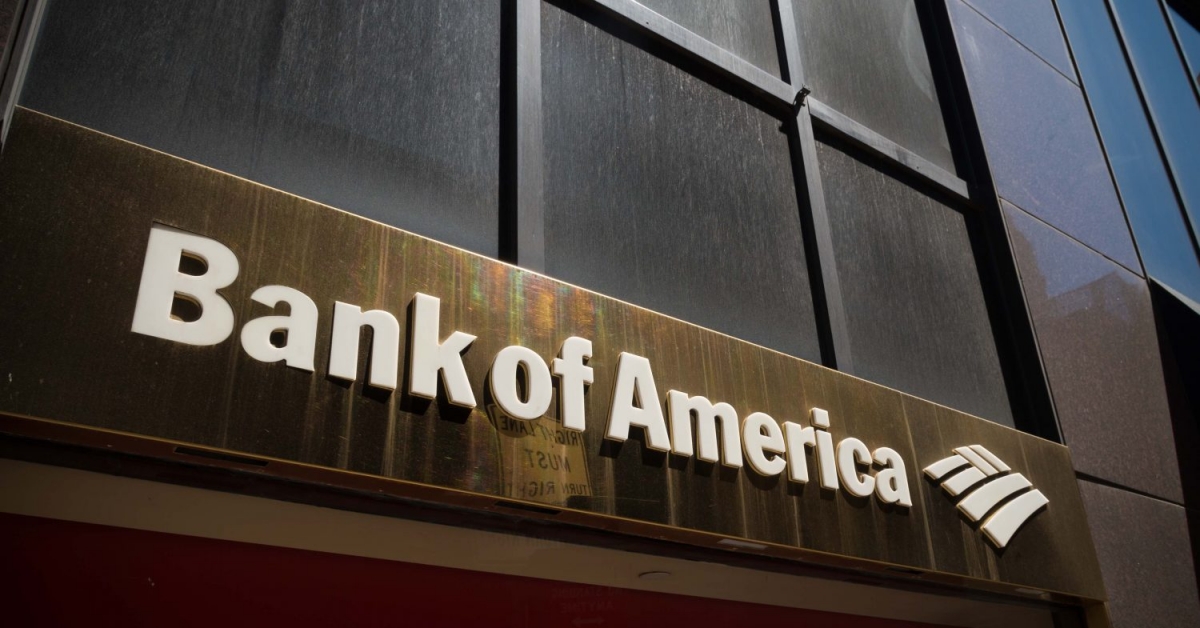Bank of America CEO Confirms Stablecoin Plans Are in Motion
17.07.2025 7:30 2 min. read Kosta Gushterov
Bank of America is actively developing a stablecoin offering, CEO Brian Moynihan revealed during a post-earnings conference call on Wednesday.
While he did not provide a specific launch date, Moynihan confirmed that the bank has made substantial progress and intends to move forward once market demand becomes more evident.
“We feel both the industry and ourselves will have responses. We’ve done a lot of work,” said Moynihan, noting that the lender is still assessing the scale and timing of its stablecoin rollout. He emphasized that the volume of money movement in certain segments remains relatively small, making it essential for the bank to evaluate whether a stablecoin solution is justified at scale.
Stablecoins are digital assets pegged to fiat currencies like the U.S. dollar and are frequently used in crypto trading to facilitate transfers between tokens. Although investor interest remains moderate at the moment, Bank of America is preparing for future adoption, potentially in partnership with other financial or technology players.
READ MORE:

How Can You Tell When it’s Altcoin Season?
Moynihan likened the stablecoin initiative to the broader banking sector’s gradual embrace of digital payment tools such as Zelle and Venmo. “You would expect our company to move on that,” he added.
The remarks position Bank of America, the second-largest bank in the U.S., among a growing list of traditional financial institutions exploring blockchain-based payment infrastructure amid shifting regulatory frameworks and client expectations.
While details remain limited, the confirmation signals increasing readiness among major banks to enter the stablecoin market.
-
1
History Shows War Panic Selling Hurts Crypto Traders
28.06.2025 18:30 3 min. read -
2
Ripple Faces Legal Setback as Court Rejects Bid to Ease Penalties
26.06.2025 16:54 1 min. read -
3
Coinbase Surges 43% in June, Tops S&P 500 After Regulatory Wins and Partnerships
29.06.2025 21:00 2 min. read -
4
Ripple Has Applied for a National Banking License
03.07.2025 7:00 2 min. read -
5
What Will Happen With the Stock Market if Trump Reshapes the Fed?
29.06.2025 13:00 2 min. read
PayPal Expands PYUSD to Arbitrum in Latest Blockchain Push
PayPal has expanded its stablecoin, PayPal USD (PYUSD), to the Arbitrum network, marking a key step in its strategy to integrate with faster, more cost-efficient blockchain infrastructure.
Citigroup Explores Launching Stablecoin as Banks Embrace Crypto Shift
Citigroup is evaluating the potential launch of its own U.S. dollar-backed stablecoin, signaling a growing shift in sentiment among traditional financial institutions toward digital assets.
JPMorgan CEO Jamie Dimon Comments Stablecoins
JPMorgan Chase CEO Jamie Dimon remains skeptical of stablecoins—but says ignoring them isn’t an option for the world’s most powerful bank.
Crypto Cycles are Evolving: Analyst Explains Why Old Patterns no Longer Work
According to crypto analyst Atlas, the traditional four-year cycle that once defined Bitcoin and altcoin market behavior is now obsolete.
-
1
History Shows War Panic Selling Hurts Crypto Traders
28.06.2025 18:30 3 min. read -
2
Ripple Faces Legal Setback as Court Rejects Bid to Ease Penalties
26.06.2025 16:54 1 min. read -
3
Coinbase Surges 43% in June, Tops S&P 500 After Regulatory Wins and Partnerships
29.06.2025 21:00 2 min. read -
4
Ripple Has Applied for a National Banking License
03.07.2025 7:00 2 min. read -
5
What Will Happen With the Stock Market if Trump Reshapes the Fed?
29.06.2025 13:00 2 min. read

